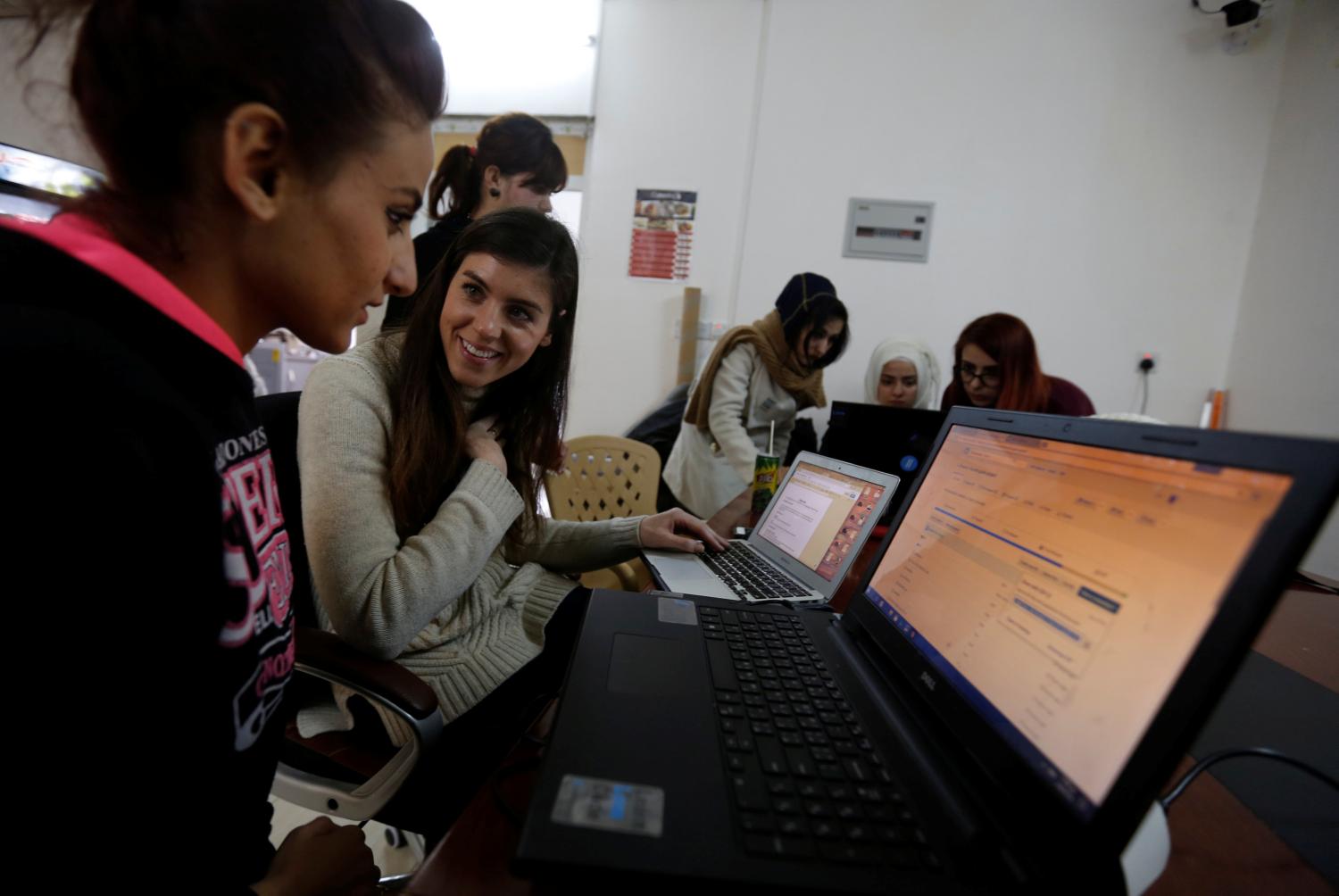In spaces that run largely on jargon and buzzwords, the implications of a lack of effective communication can be severe. Girls’ education actors regularly reference “gendered barriers,” “gender perspectives,” and call for developing “girls’ life skills” without hesitation. But these concepts seldom penetrate other policy spheres, even when actors within them are interested in issues that disproportionately impact women and girls. This lack of communication across sectors may be at least partially due to lack of conceptual clarity; although we work on interdependent issues, we don’t always speak the same language.
The United Nation Sustainable Development Goals are inextricably linked, but it is no secret that approaches to achieving the SDGs are incredibly siloed. Those of us who work on the intersections between SDG 4 (Quality Education) and SDG 5 (Gender Equality) do not necessarily speak in the same terms as those who focus on the intersections between SDG 4 and SDG 8 (Decent Work and Economic Growth), for instance. Lacking this basic degree of communication and coordination leads to wasted resources, duplication, and lack of innovation. And despite this, we are working toward influencing the same lives—a generation of youth whose futures depend on rapid progress on all of the SDGs.
In an effort to bridge these spheres and in advance of the Center for Universal Education’s Annual Research and Policy Symposium on April 5, we take a basic step to add our “gender perspective” to the skills development discussion. We begin by defining what we mean by gender and then demonstrating how bringing this social construct to bear helps to provide new insights on skills development and teaching.
To start, gender is not about disaggregating assessment data by sex or identifying differences between girls’ or boys’ skills and competencies. Instead, gender is a social construct that influences the experiences and opportunities available because that child is a girl or a boy. Seemingly similar, this nuance is important to distinguish. It helps us see how stereotypes—from “women are bad at math because math is masculine” and “boys are leaders” to “girls should take care of their young siblings” and “men make final decision in the home”—can be internalized by girls and boys and unintentionally perpetuated by teachers. Ultimately, such gendered experiences and opportunities contribute to the gender differences observed in girls’ and boys’ learning outcomes that currently constitute discussions of gender in skills development.
By not incorporating a gender perspective into the skills debate, we limit how to develop and teach the skills that all children need for the 21st century. There are two key ideas that illustrate this point:
- The 21st century workforce requires students learn a breadth of skills.
In Learning Generation, the Education Commission alarmed us with a sobering forecast that around half of the world’s jobs are at high risk of being lost to automation by 2050. Technology will not only replace much of the 21st century workforce, but mastery of it as well as non-routine cognitive and non-cognitive (or socioemotional) skills will increasingly determine youth job-readiness. This picture is even more dire if seen from a gender lens. If today—prior to such drastic automation—girls and women already lag behind in science, technology, engineering, and math (STEM), many of the most educated women, especially in the developing world, will face heightened barriers to entering the workforce.
And although men currently fare better in this system, the future of work does not necessarily look good for boys. If socioemotional skills may be more valued in the future because they are harder to automate, boys may be at a different type of disadvantage because they may be taught that socioemotional skills are not masculine or are denied the opportunity to develop these skills because they are considered feminine. So, while the skills discussion places great emphasis on a wider breadth of skills, it is critical to pay attention to what limitations and constraints exist in a gendered world, and to what opportunities are needed for girls and boys to develop a breadth of skills.
- Learning 21st century skills requires attention to teacher training.
As part of its strategy for 21st century learning, the Organization for Economic Cooperation and Development has identified teacher training as critical for teaching and developing 21st century skills in students. But from a gender perspective, we argue that this priority should be expanded to include gender sensitization training for all teachers. Gender sensitization is a component of training that serves to help educators understand their implicit bias and stereotypes around gender norms and expectations. Gender norms and expectations are implicitly taught across all spheres of life, and directly affect learning outcomes for both boys and girls. In schools, teachers are the primary agents of much of that learning, and can benefit immensely from being alerted to these unconscious traps.
In addition, teacher training should not be limited to the 21st century subject areas of STEM, but include the socioemotional skills—and we would add, attitudes—that they are expected to deliver on. This means paying attention to how teachers are products of their gendered environments, and how they can unintentionally reproduce gender stereotypes that negatively affect girls’ or boys’ learning outcomes. For example, one U.S. study demonstrated that girls internalized their female teachers’ math anxieties, which negatively impacted the girls’ math scores. This illustrates the need to help teachers not only recognize their own gender biases, but also to counter dominant gender norms and to overcome internalized gender stereotypes.
Our colleagues at the Center for Universal Education have established that today a movement for a breadth of skills beyond literacy and numeracy is evident in education systems around the globe. Yet if policymakers in many of those same countries also seek to achieve gender equality goals in the education sector, they must attend to how gender constructs influence the learning and teaching of the most critical skills for the 21st century. Similarly, if the breadth of skills movement promises to deliver a quality education for all youth, ignoring gender as a factor in developing skills will result in perpetuating the same inequalities that largely leave girls behind today.
The Brookings Institution is committed to quality, independence, and impact.
We are supported by a diverse array of funders. In line with our values and policies, each Brookings publication represents the sole views of its author(s).








Commentary
Skills for a “gendered” world: Adding a gender perspective to the skills debate
April 3, 2017